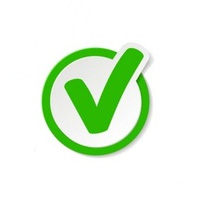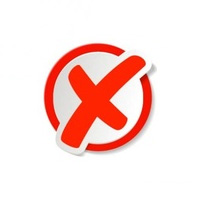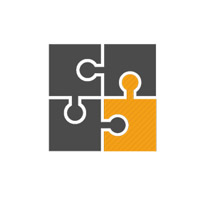Workplace Health and Safety Assessment
If you are using your phone to take this assessment, set your orientation to landscape for better navigation.
Your answer is correct!
x

|
Your answers will be collated at the end. To be successful, you need to score 75% of the total score. Your current score |
Assessment Successful!
x

|
Congratulations! You have completed your online induction. Do not forget to save your result. Your total score |
Assessment Unsuccessful

|
You need to answer at least 75% of total scores correctly. Please retake the assessment again. Your total score |


